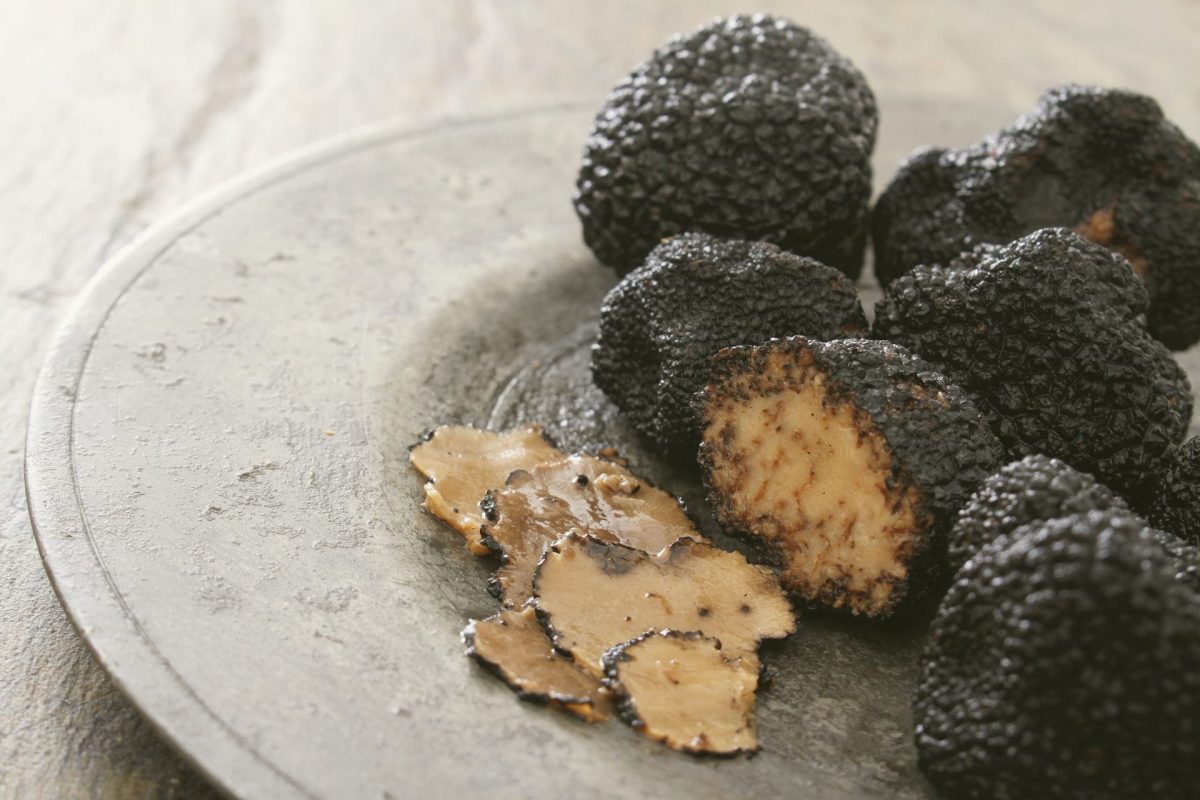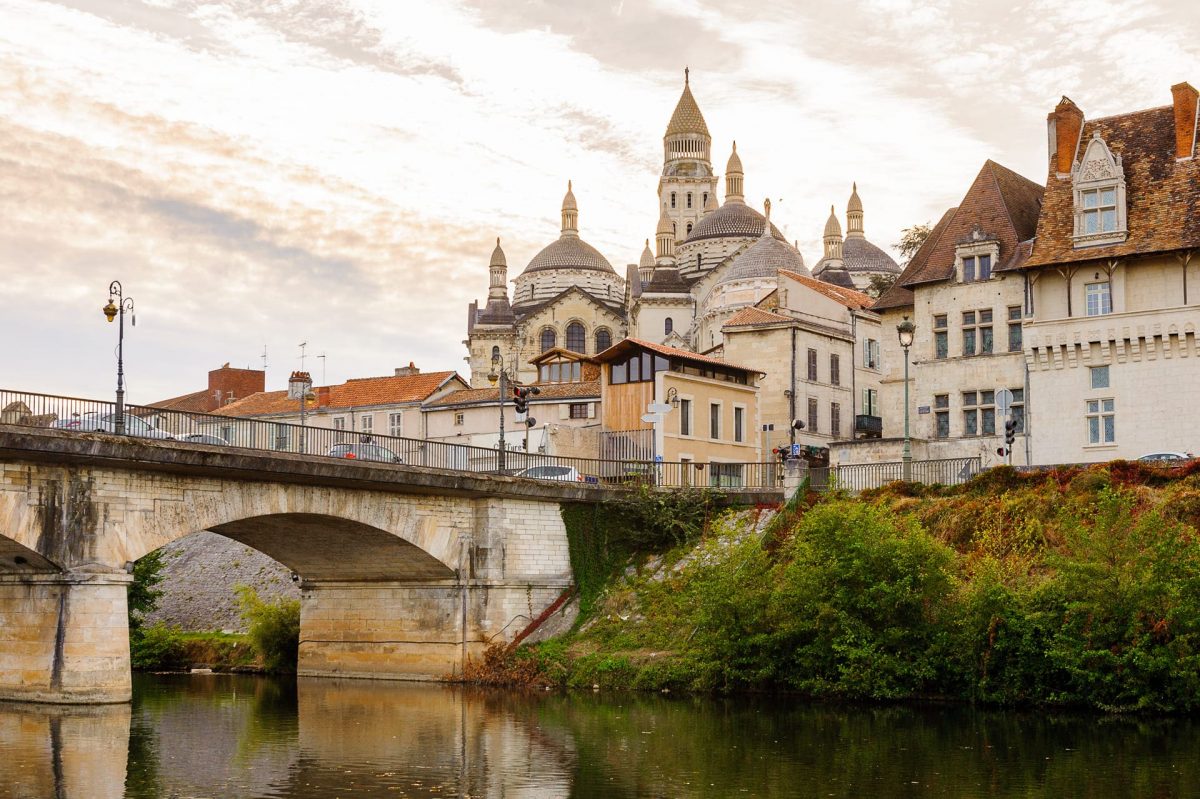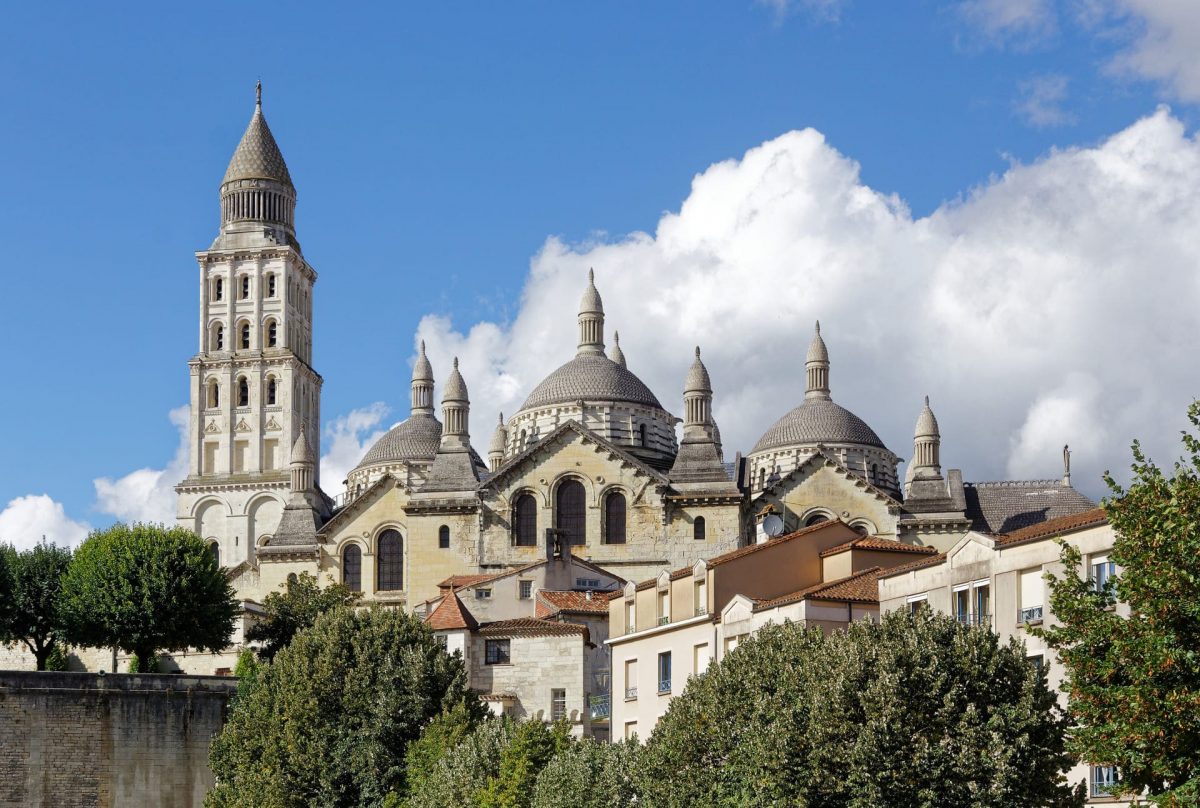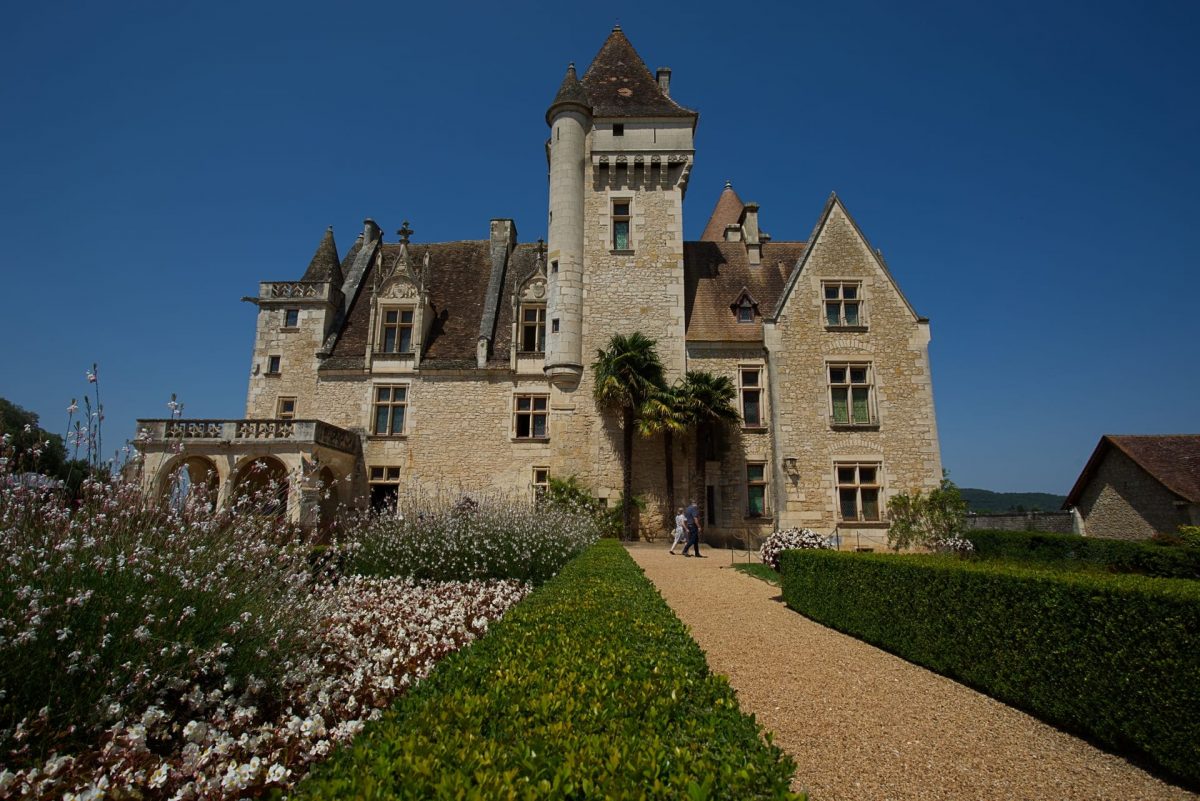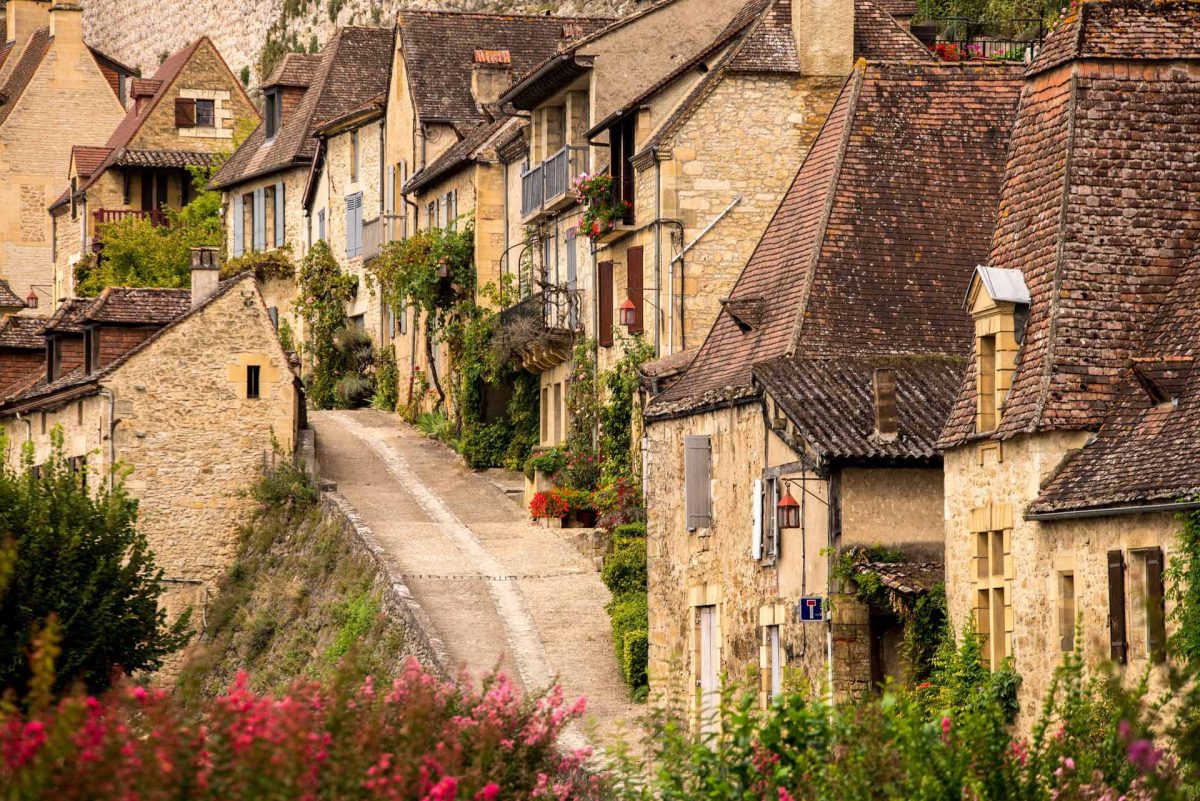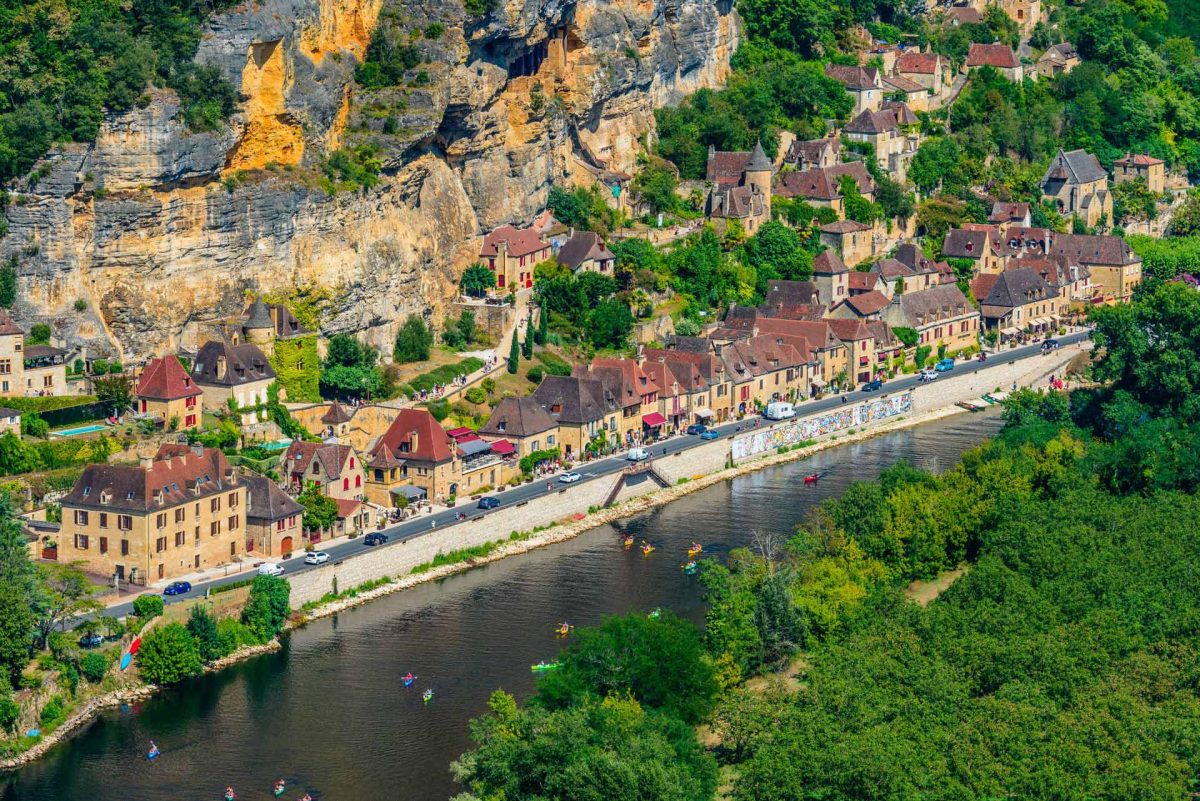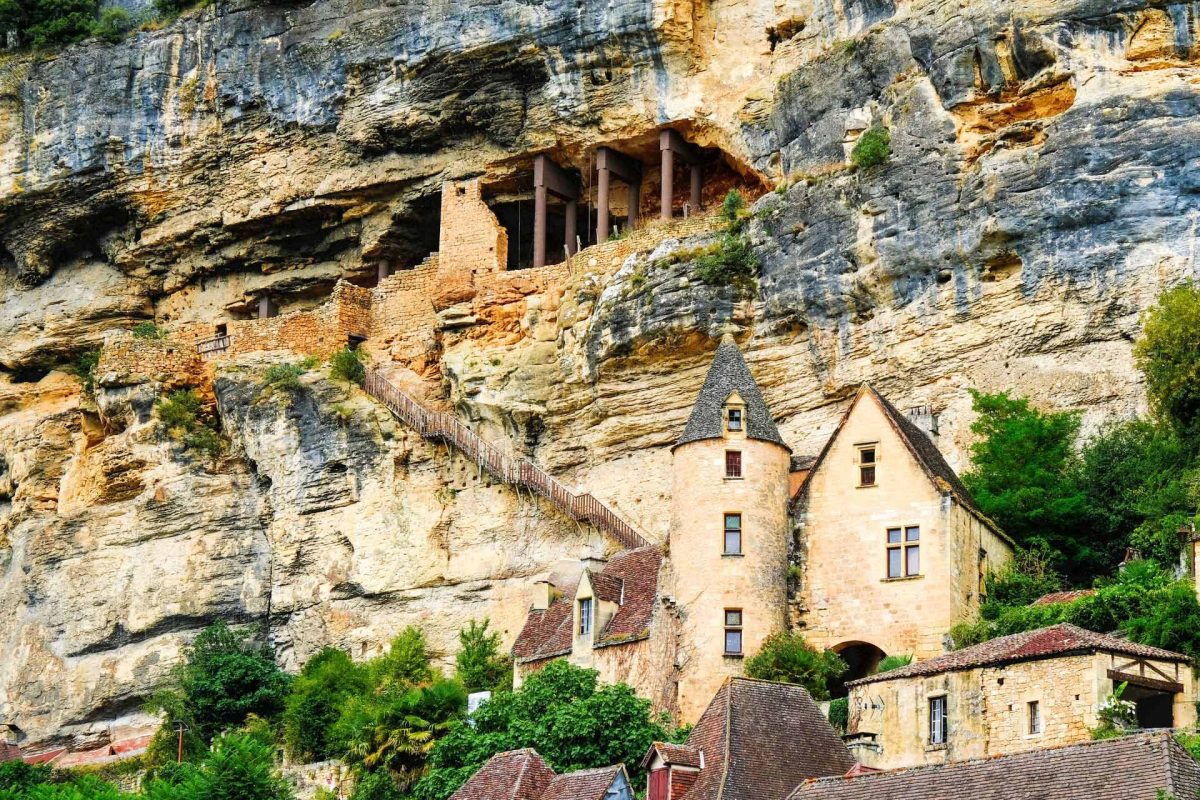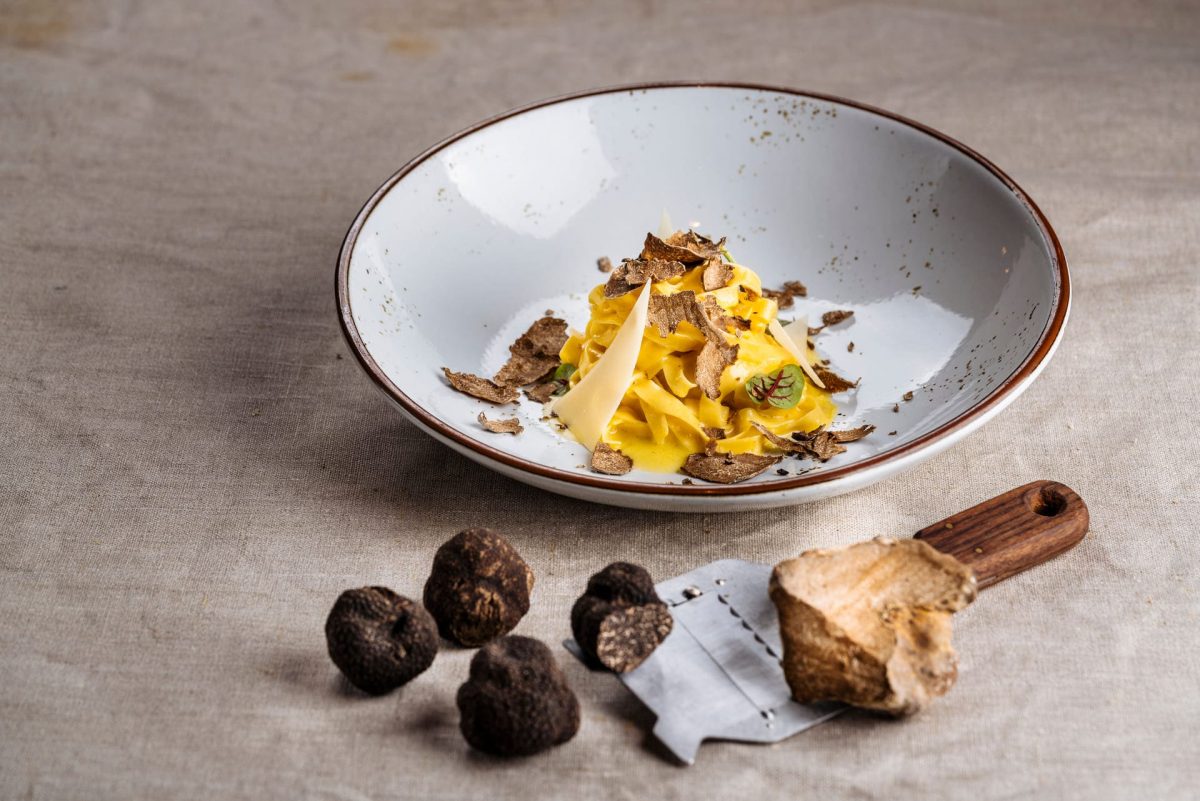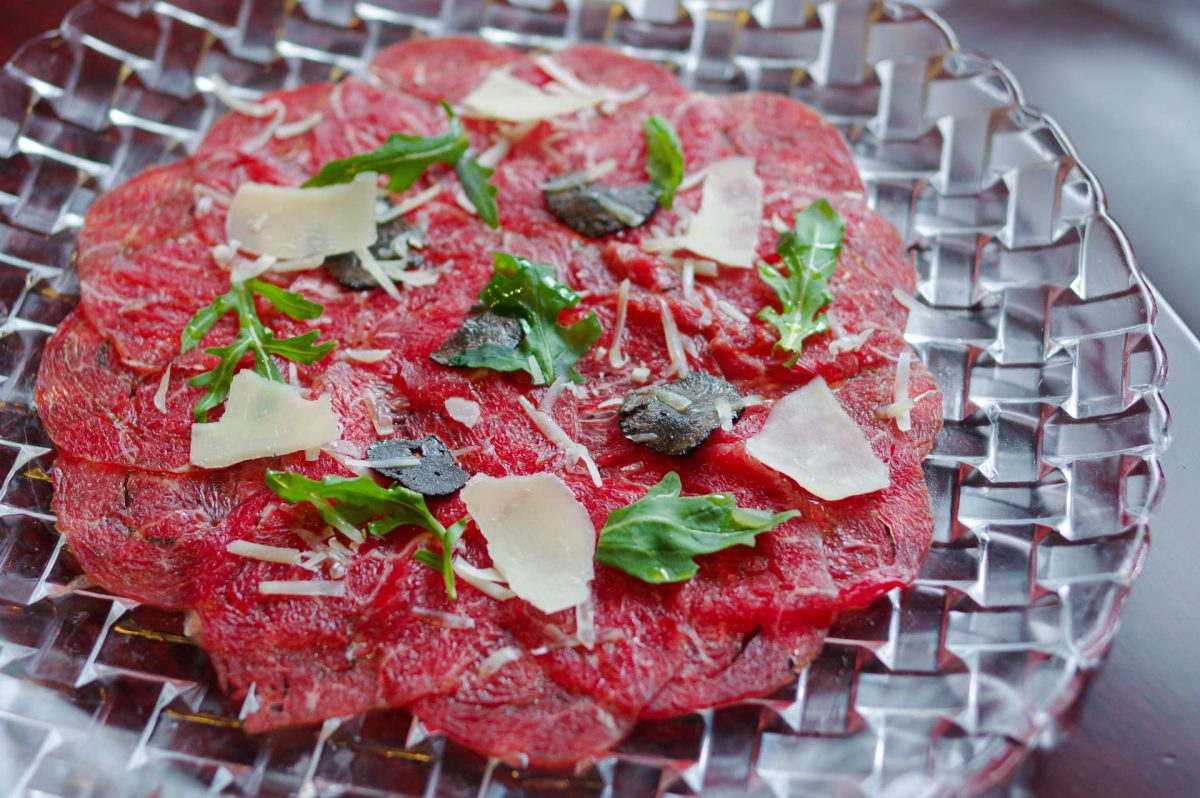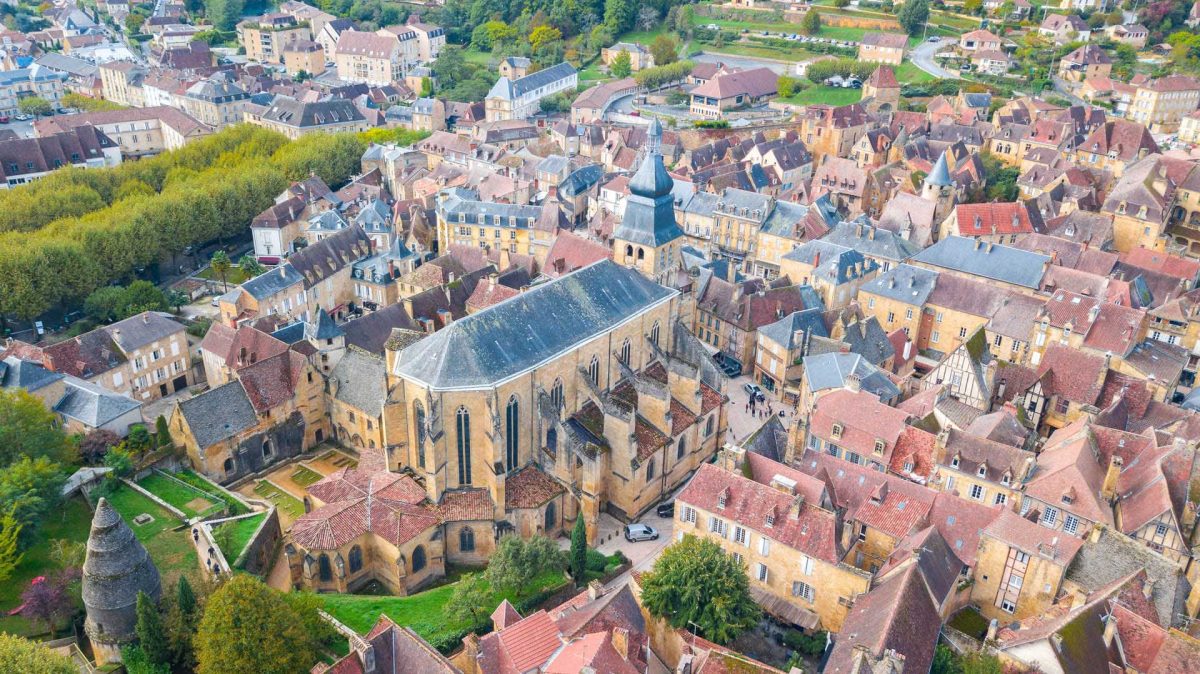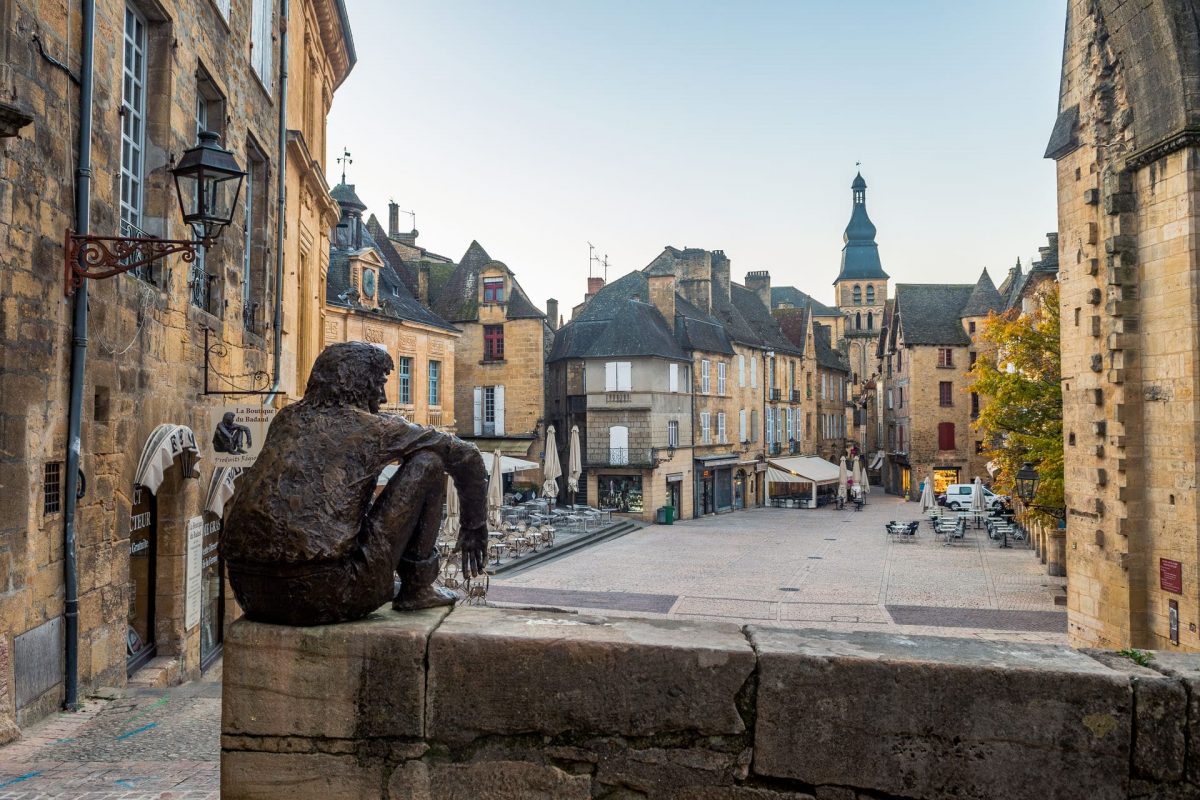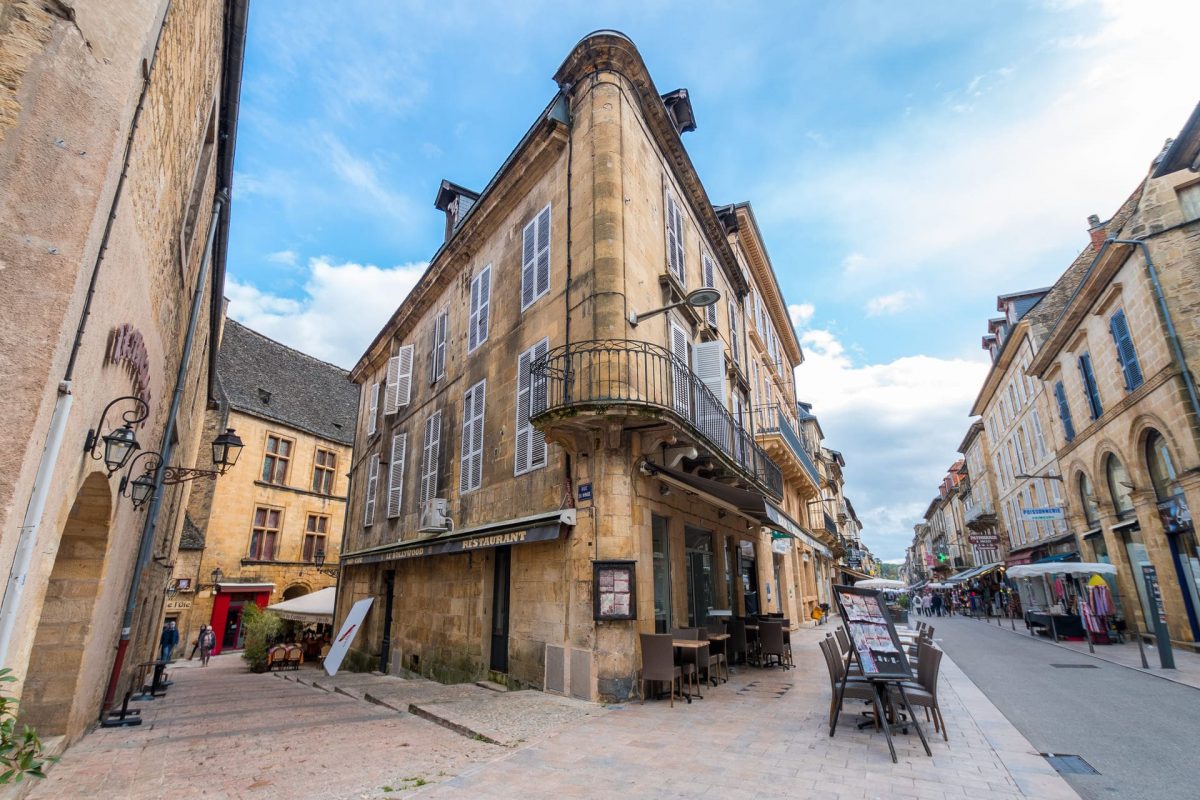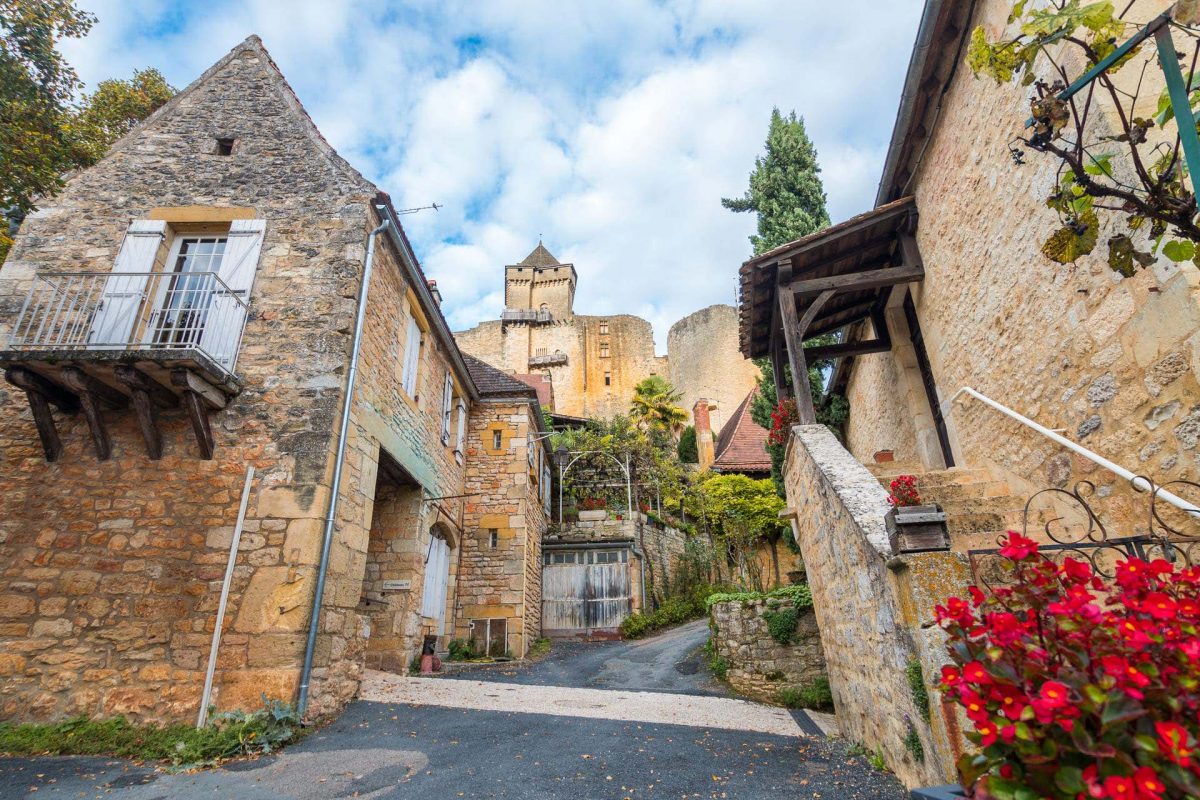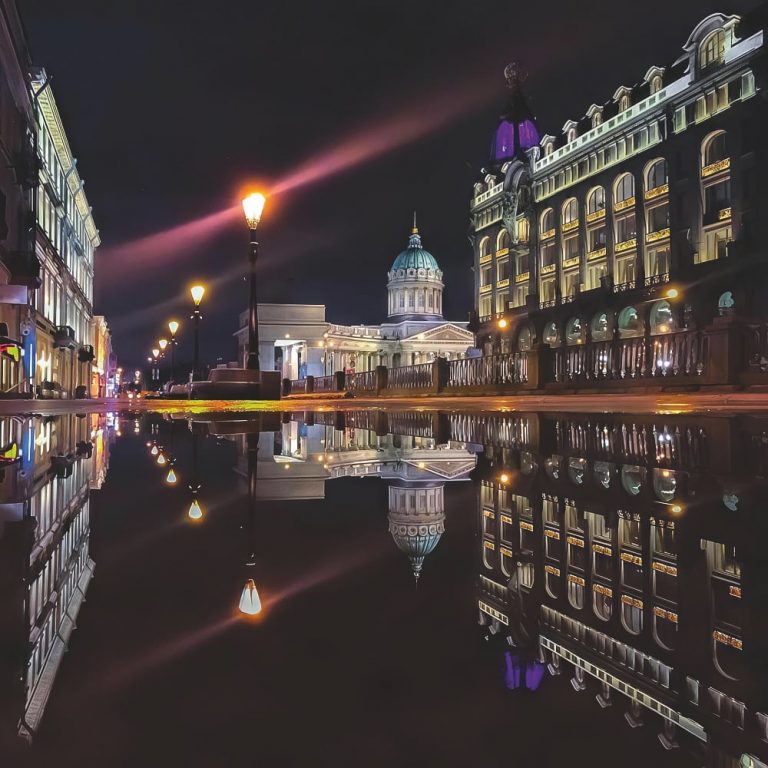November is a traditional off-season month, even in the warm European countries, a month of gloomy and meteorologically unpredictable weather, when tourist activity tends to zero almost everywhere. However, there are exceptions, as in some regions of Italy and France, when the most sophisticated travellers join the elitist process of “truffle hunting”, “warming their hands on the fire of glory” of this natural wonder, which has long been equated with gold and diamonds.
One such place is the legendary Perigord in France, an incredibly beautiful wild mountainous region, with vast oak forests and countless castles on literally every hill, as well as caves with traces of vanished civilisations.
In France, the “holy of holies” of the black Perigord truffle, one of the finest and most expensive in the world, is the historic area of the same name, spread across the modern Dordogne department in the New Aquitaine (Nouvelle Aquitaine in French) region. Perigord, like Musketeer’s Gascony, has long been absent from the map, but for the French and sophisticated gourmets, the name has become firmly established as the home of the delicacy. We won’t go into the history of extraction and descriptions of the varieties of truffles, but rather concentrate on what is absolutely essential to see in modern-day Dordogne.
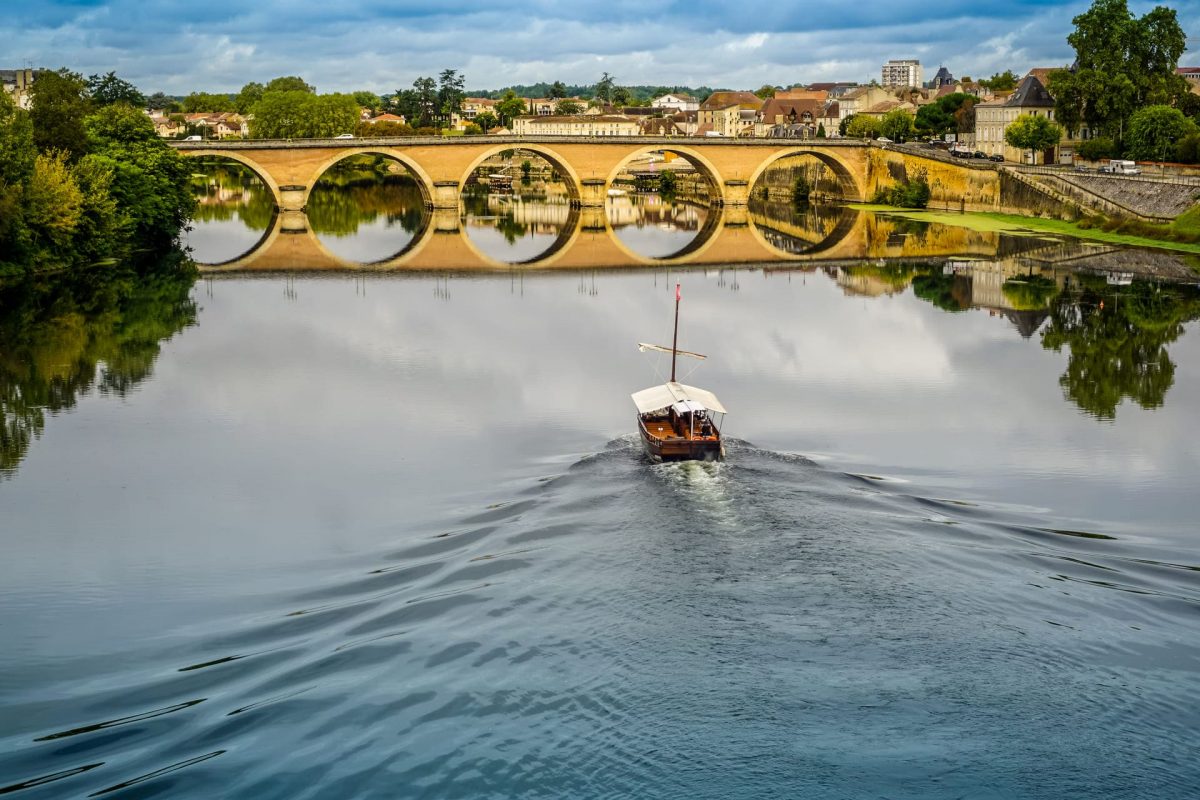
The unofficial, poetic division of the region into four tourist areas underlines its mythical character. This is the so-called Green Perigord (Perigord vert in French) in the north of the Dordogne, covered in forests of light oaks and chestnuts alternating with endless meadows. This is where the mountain range of the Massif Central passes. The White Perigord (Perigord blanc in French) lies in the central and western parts of the department and is so called because of the colour of its limestone soil. It is also called the breadbasket of the region because of the abundant crops of its fields. The Black Perigord (Perigord noir in French) spreads out to the south-east of the region and is named after a different species of oak, with dark, almost black leaves that seal off the ground from the sun. It is here, at the foot of old oaks, in the loose fertile soil, the precious Perigord truffles grow up quietly and wait for their time. In fact, the Black Perigord is home to nine of France’s most beautiful villages.
In the south and south-west of Dordogne lies the Purple Perigord (Perigord pourpre in French). It is also wooded areas, riddled with the mighty rivers, but with many vineyards and wineries. In autumn the vineyards blaze with purple, hence the artistic comparison.
The best way to “visit the truffle” is by car. The main town in Dordogne is Perigord. The nearest major international airport is in Lyon (~400km), 500 km from Paris by car. Yes, Perigord cannot be called easily accessible, but according to mythological logic, it shouldn’t be: if the treasure is easy to get, it’s not treasure at all.
Once in this department, in theory, you don’t even need to open a guide-book or a search engine: literally, at every petrol station, hundreds of tourist booklets with descriptions and co-ordinates of local castles await you. There are not just many, but numerous! The French, who tend to make evocative comparisons, call Dordogne “the land of a thousand and one castles”.
Of course, it is not possible to visit all the chateau of the former county, so choose those directly on your route, almost all of which impress with their medieval architecture and views from the castle walls.
Around the end of November the truffle harvesting process begins in the Perigord farms, with the peak of the season in December and January and the end of the season in mid-March. During this time, a large number of farms offer a variety of programs for visitors, including a “hunt”, countless black diamond tastings and guided tours. You can either stay in a traditional hotel or directly in the guest rooms of a private farmhouse (the so-called chambres d’hôtes, quite popular in France).
This allows you to immerse yourself in the atmosphere of the French countryside, and, early in the morning, with your head clear and refreshed by the fresh air, go in search of truffles, accompanied by the sociable farm owner and his specially trained dogs. Almost all breeds are trained for mushroom hunting, including lovely border collies, malinois sheepdogs, poodles, labradors and various terriers. Children are bound to love the farm’s ponies, llamas, rabbits and other animals, which they can pet, feed and even saddle.
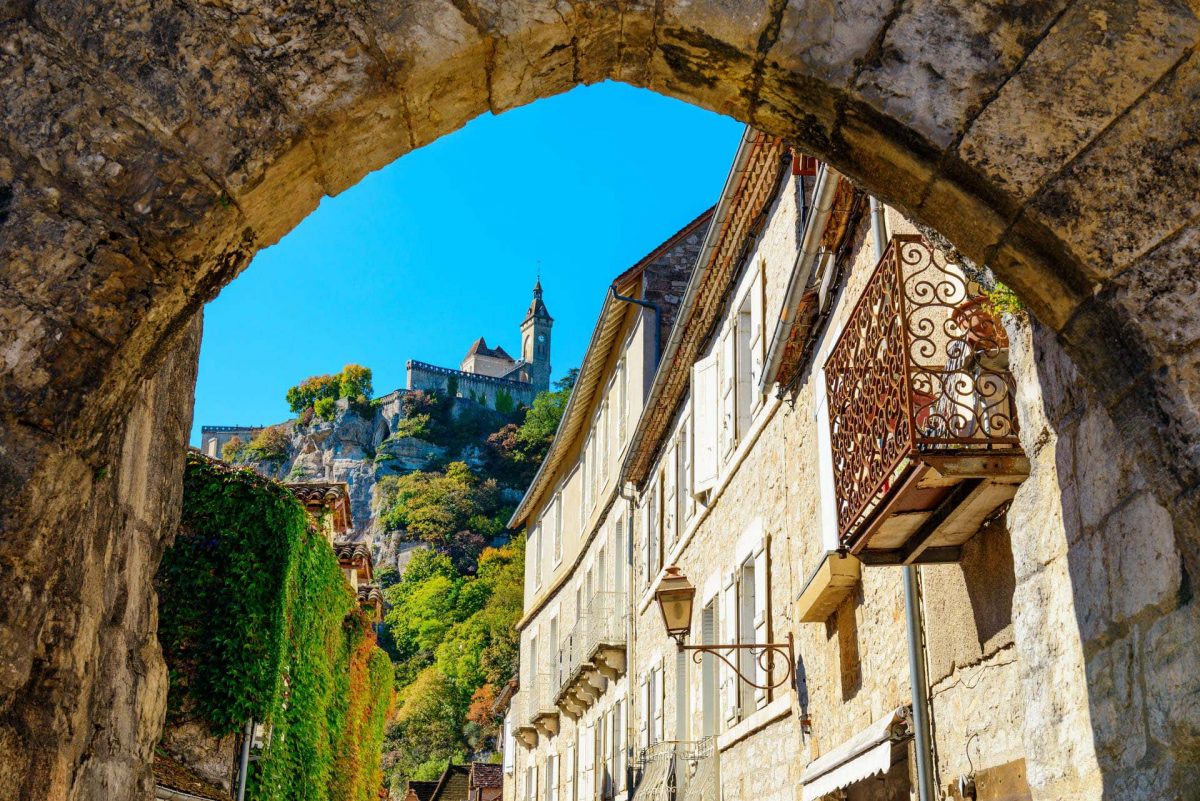
Perigord restaurants offer an extensive menu of truffle-inspired dishes, as well as masterclasses with star chefs. In France, Dordogne is known not only for its magic mushrooms, but also for its many other specialities – Perigord nuts, chestnuts and foie gras, porcini mushrooms, pate and poultry liver “confit”, the famous Bergerac wines. In spring and early summer, there is a good harvest of strawberries, prized in France for their distinctive taste. The larger markets should be accompanied by local guides who will point you to the best black truffle products.
A story about gastronomy would not be complete without mentioning the traditional Truffle Festival in the small hamlet of Sarlat, where truffle suppliers and oenologists from the Perigord region present their best wares. In 2022, the festival will be held on 15th and 16th January.
In general, it is surprising how many treasures of past eras Perigord hides in its depths, and it’s not just about black mushrooms hiding underground. A large number of grottoes and caves with prehistoric rock paintings have been found in Dordogne, many of which have been classified as World Heritage Sites by UNESCO. By the way, it is precisely the Perigord cave paintings depicting animals which can often be seen in classic art history books, familiar to us from childhood.
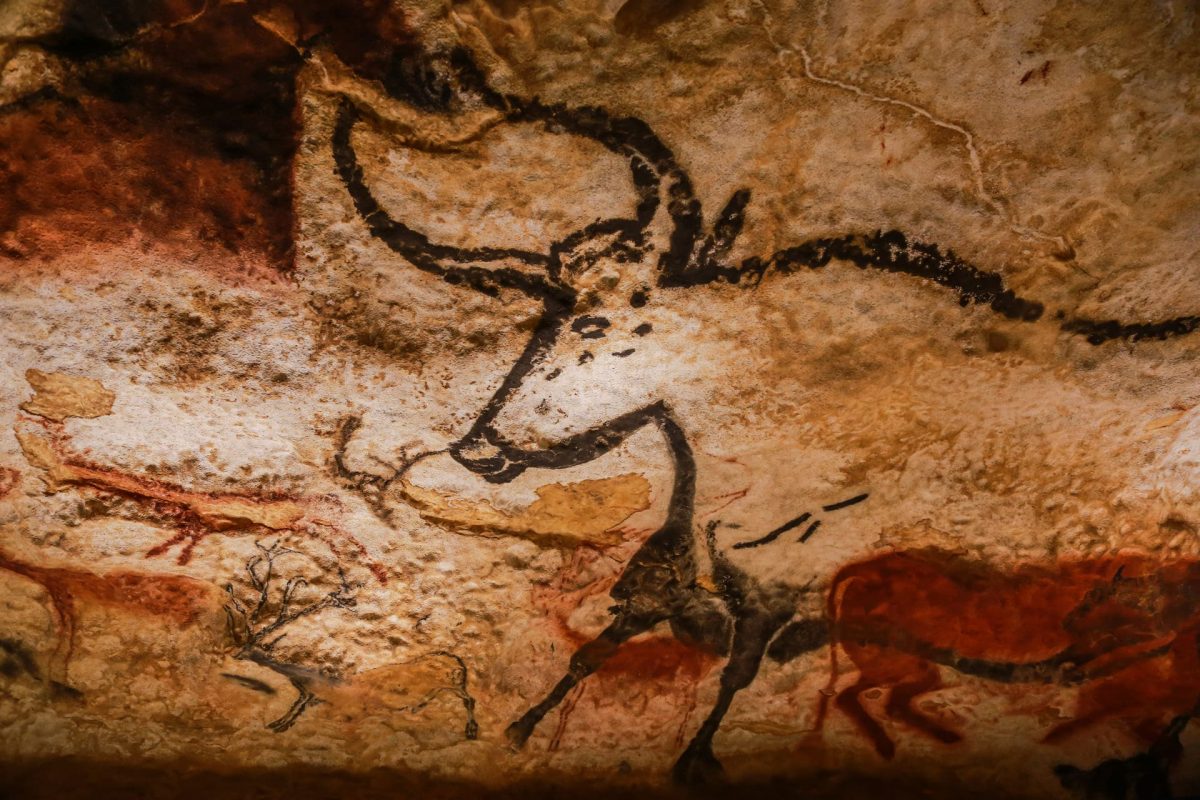
A land of legends and chivalrous ballads, Perigord, incredibly rich in sights and little known to tourists from Russia, is definitely a place remembered for a lifetime.
Photo: shutterstock.com, istockphoto.com

